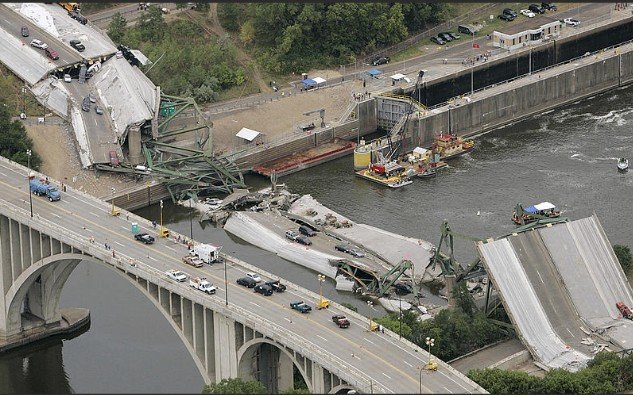Balochistan’s Crumbling Roads Blamed for 77,000 Accidents in Five Years
MERC report reveals alarming spike in highway fatalities; poor infrastructure and government neglect blamed for Balochistan’s worsening transport tragedy.
Balochistan, Oct 25 : Balochistan’s highways have become synonymous with danger, with over 77,000 road accidents and nearly 1,800 deaths recorded in the past five years a grim reflection of Pakistan’s failure to address the province’s crumbling infrastructure.
According to data released by the Medical Emergency Response Centre (MERC) 1122, between October 2019 and September 2025, the province witnessed 77,826 traffic accidents, resulting in 1,743 fatalities and more than 103,000 injuries, The Balochistan Post reported.
The report underscores that Balochistan now records the highest road accident rate in Pakistan, exposing the deep administrative neglect and infrastructural decay in the region.
Among the deadliest routes is the N-25 Highway (Karachi–Chaman) a vital trade artery that saw 35,113 crashes and over 900 deaths during the period. Locals have dubbed it the “highway of death” due to its deteriorating condition, narrow lanes, and unchecked speeding by heavy vehicles.
The N-50 Highway (Quetta–Dera Ismail Khan) ranks next, with 24,694 accidents and 421 fatalities, while the N-85 (Surab–Panjgur) and N-70 (Loralai–Dera Ghazi Khan) highways also report frequent collisions and fatalities. MERC attributed the high casualty rates to poor visibility, lack of street lighting, and the absence of proper maintenance.
Despite their strategic importance for trade and connectivity, these routes remain neglected by federal authorities. Critics argue that Islamabad’s indifference continues to endanger the lives of Baloch citizens and hinder the province’s socio economic growth.
Experts warn that without immediate upgrades, expansion, and stricter road safety regulations, Balochistan’s highways will continue to claim hundreds of lives each year turning its vital transport network into a permanent hazard rather than a symbol of progress.




